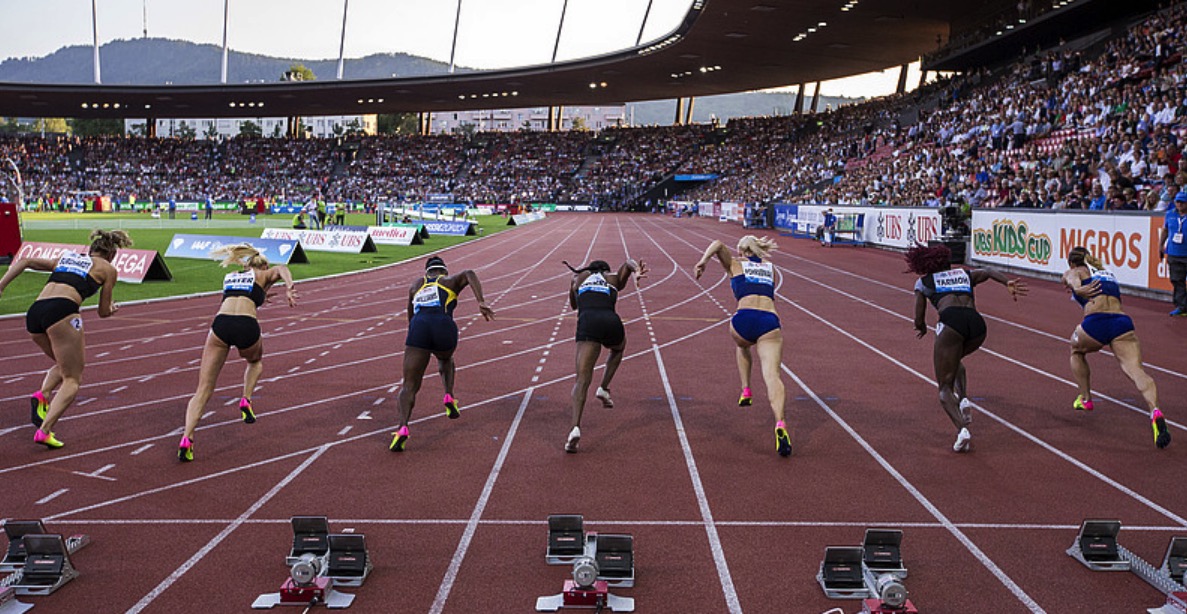A column by Len Johnson
The IAAF Council is considering whether to adopt its new rankings system as the method for qualification for the Tokyo 2020 Olympic Games at its meeting this weekend (9-10 March).
At the moment the proposal is on the back-burner. The wisest decision the learned men and women of the council could come to might be to leave it there. On a scale of one to 10, it ranks no better than a middling five.
“Leaving it there” would be a decision to continue the status quo. As originally presented, the rankings system was to be the basis for qualification for this year’s world championships in Doha. Pushback from member federations saw the Doha qualification system remain one based on achievement of a qualifying standard, as has been the case from the inception of the world championships in 1983.
The IAAF rankings are at present being trialled on the IAAF website so that people (I can’t bring myself to use the term stakeholders) can get used to them. The IAAF has also produced a simulation of the rankings based on 2017-18 results. Given that the real-time trial cannot be benchmarked until national federations see what athletes the rankings would allow them to select compared to the composition of their teams under the existing system until they have actually selected their teams for Doha, the case for a further stay seems logical.
Because any devil in the rankings system will only be revealed in the detail. National federations are being asked to surrender some, or all, of their right to select in favour of a method in which order of selection is determined by an athlete’s world ranking score. The world ranking score, in its turn, is determined by the average score across a number of competitions (five for most events, three for a handful and two for endurance and multi-events).
Where that score conflicts with the results of a selection trial, say, the ranking score takes priority. The one exception is where the federation has more than three athletes from which to choose; then it can pick any three.
Three, however, remains the maximum number any federation can enter (although wild card entries for reigning champions, Diamond Race winners, and a couple of other categories can see that raised to four).
That exposes one obvious drawback of the rankings system. The three per nation limit is the biggest distortion of championship qualification, limiting the scope of the world championships and Olympics to be a true contest between all the world’s best athletes, regardless of nation. Three per nation is a compromise between the demands of having the very best and having world-wide representation, a compromise which chafes at times but is largely accepted as worth the irritation.
Qualification by ranking does nothing to ameliorate that itch.
Under the ranking system, competitions are graded from highest – worlds and Olympics – to lowest (national permit meetings) level, and points awarded accordingly. Leaving aside the three per nation limit, which neither qualification by standard, nor qualification by ranking addresses, the most glaring weakness of the rankings is the assumption that all athletes of comparable standard have equal access to the higher-level competitions.
Outside the global championships, other IAAF World Athletics Series events and the Diamond League final, Diamond League meetings are the highest level of competition and score the highest points. Yet the DL meetings are overwhelmingly in Europe: there is no meeting in Oceania, one in each of Doha, Shanghai, Rabat and Stanford (where the Prefontaine meeting will be held this year) making up the non-Europe component. These meetings have never been equally accessible to all athletes of similar standard in the past; it is hard to see them being so this year.
Qualification by standard has some of the same issues, of course: it is much easier to record qualifying performances at Diamond League meetings than at lower-standard competitions, but qualifying by ranking will do nothing to change that.
It is argued that the establishment of the rankings system will bring clarity to competition structure from national through to global events. This argument has merit, as does the more contentious one that publication of the rankings will generate much-needed interest in, and publicity for, the sport. Balancing that, however, is the fact that individual federations and athletes, will lose some ability to present performances as Olympic/world championship qualifying performances.
This is particularly relevant in our part of the world where achieving a qualifying standard and competing in the championships are usually separated by six months. It is hard to see the ranking system doing anything other than diminishing the relevance of Australian domestic, and southern hemisphere in general, competition.
It is also argued that the rankings system will generate discussion around which athlete is number one in the world in each particular event. That may be, but that can happen regardless of whether the rankings are also the main determinant of which athletes get to compete in the Olympics or world championships.
From the time qualification by rankings was first mooted in late 2017, it has been unclear what problem the proposed system was designed to fix. It remains just as unclear now, a compelling argument for leaving the rankings pot on the back-burner.





























